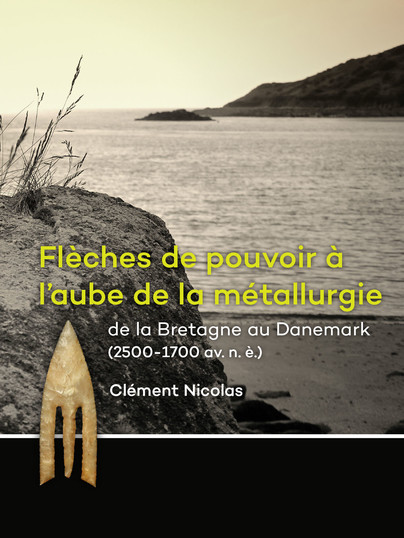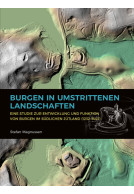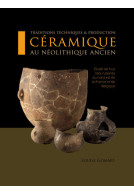Google Books previews are unavailable because you have chosen to turn off third party cookies for enhanced content. Visit our cookies page to review your cookie settings.
Flèches de pouvoir à l’aube de la métallurgie de la Bretagne au Danemark (2500-1700 av. n. è.) (Paperback)
Imprint: Sidestone Press
Pages: 426
ISBN: 9789088903052
Published: 30th June 2016
Script Academic & Professional
Pages: 426
ISBN: 9789088903052
Published: 30th June 2016
Script Academic & Professional
You'll be £75.00 closer to your next £10.00 credit when you purchase Flèches de pouvoir à l’aube de la métallurgie de la Bretagne au Danemark (2500-1700 av. n. è.). What's this?
+£4.99 UK Delivery or free UK delivery if order is over £40
(click here for international delivery rates)
Order within the next 2 hours, 19 minutes to get your order processed the next working day!
Need a currency converter? Check XE.com for live rates
(click here for international delivery rates)
Order within the next 2 hours, 19 minutes to get your order processed the next working day!
Need a currency converter? Check XE.com for live rates
This thesis focusses on the arrowheads found in graves of Late Neolithic and Early Bronze Age date (2500-1700 BC) in the Armorican massif, the southern British Isles and Denmark. These artefacts are examined from the angle of typology, raw materials, technology, experimentation and use-wear. The aim of these different approaches is to characterize the modes of production and the functions of stone arrowheads during a period which successively sees the introduction of copper then bronze metallurgy.
Several interpretations are proposed, from warriors renewing their quivers to craftsmen manufacturing prestige goods for the elite. In Brittany, the arrows are set in their cultural and social context, marked by an individualization of funerary practices and then by the emergence of chiefs at the head of strongly hierarchical communities with geographically coherent territories. Power seems founded on reorganization of land-use and exploitation of agricultural resources, rather than on control of incipient metallurgy. Lastly, arrows are placed in the broader perspective of major trends affecting Atlantic Europe. The origin of the squared-off barbed and tanged arrowheads of the Bell Beaker culture seems anchored in the Final Neolithic of west-central France, while in the Early Bronze Age the arrowheads with oblique barbs seem to indicate an attachment to the Atlantic cultural complex.
Other titles in Sidestone Press...















